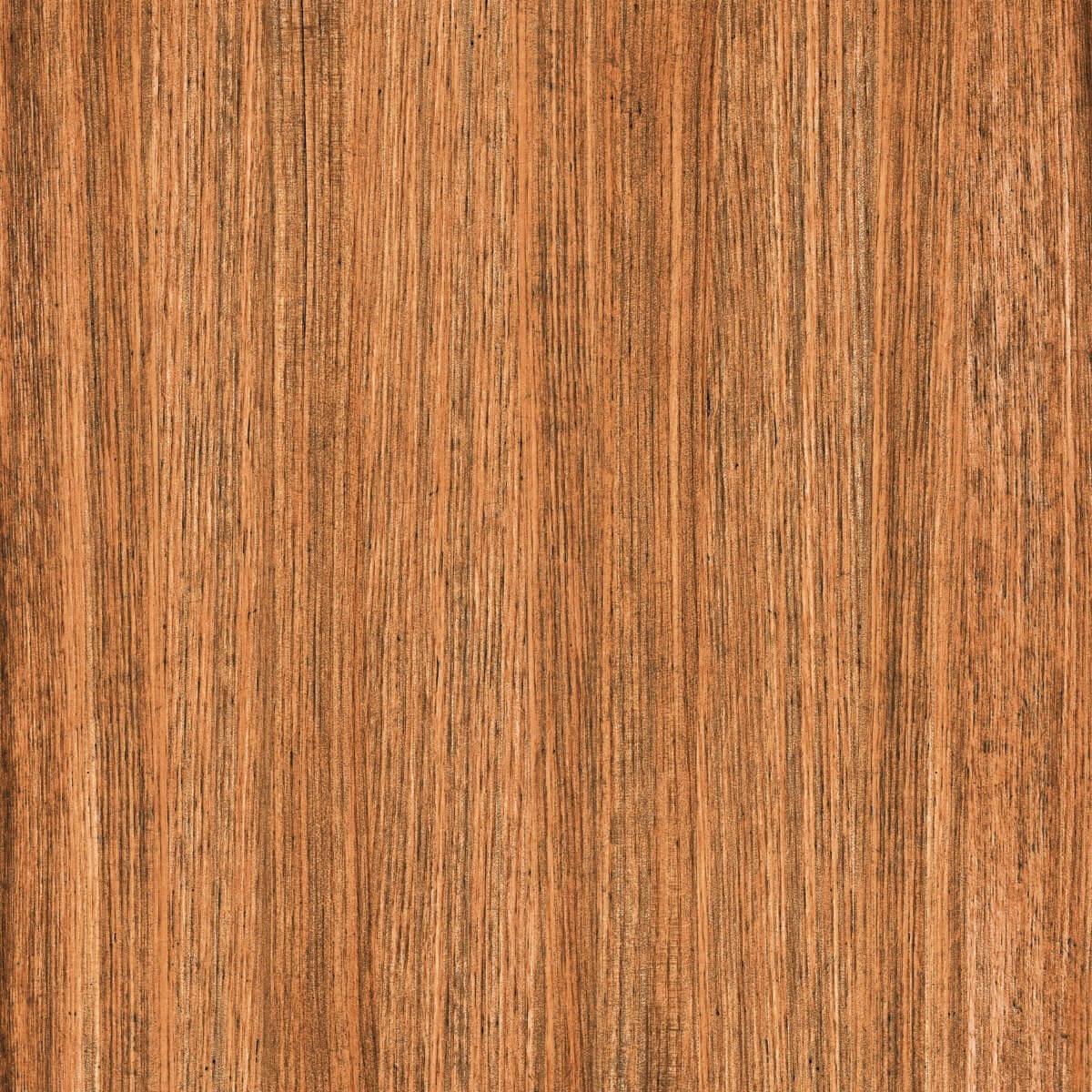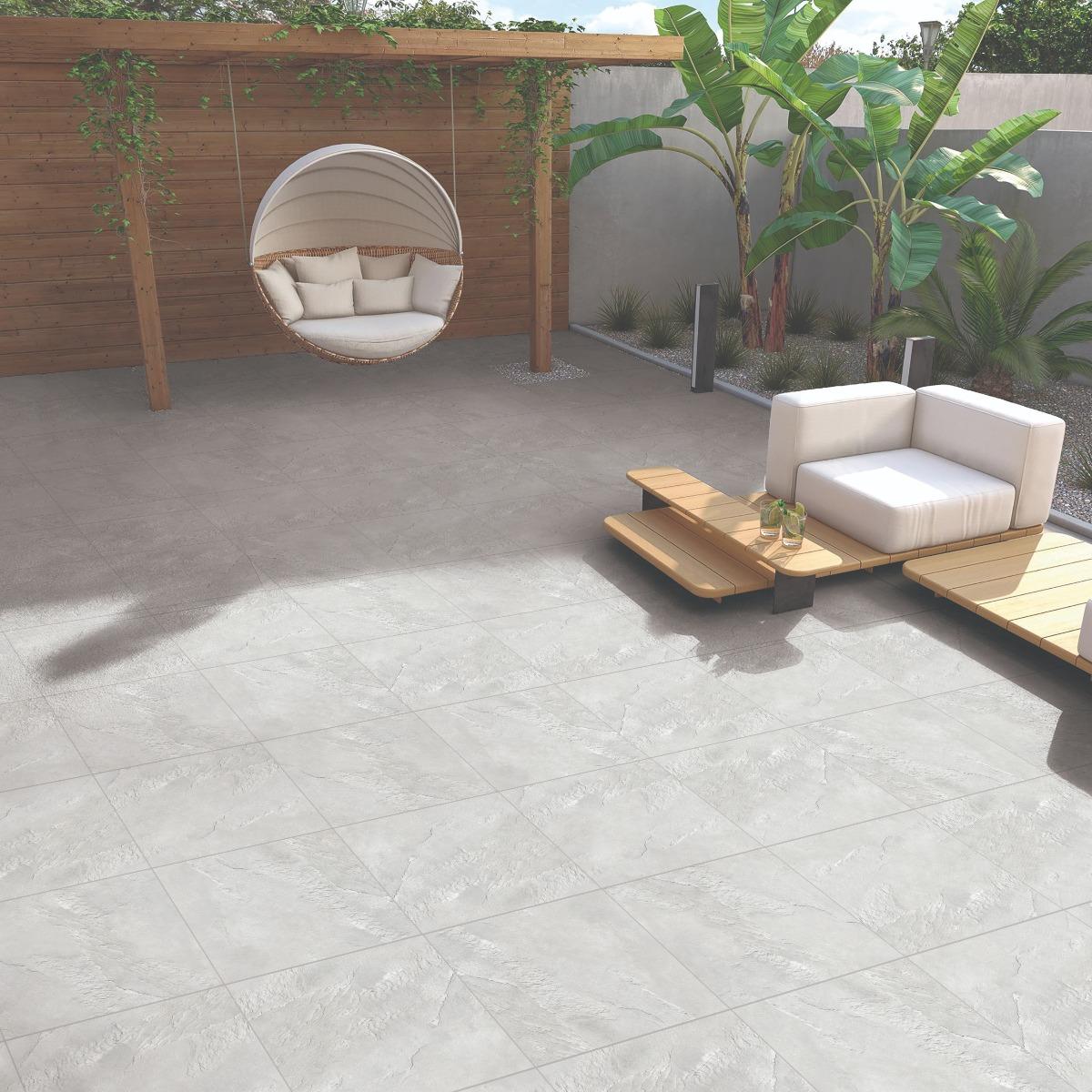Dinesh, IIT-Bombay student has designed over 84 schools & universities in his over a 20-year long career. The ace architects talked about the impact of COVID19 on the design and planning of educational institutes.
Read the excerpts here:
You have done conventional centers, residential spaces, and a number of educational institutions. How did this come about? Was it by intent, design or accident?
In our country, if you get 3-4 projects in the same line, people start considering you as a specialist. We got an opportunity to redesign a school in Bangalore quite early in our careers. Then the same person gave us more school projects and started telling others about us. After around 4 years, we got stamped as a specialist for schools.
Since that was the time when people were looking for major changes as we were moving forward from old schools to schools with modern facilities, we welcomed the opportunity and took advantage of it. We have done 84 schools as of now.
Are your last 5 schools, different from the first 20 schools you designed?
Yes, there is a world of a difference. We see much more acceptance of experiential learning, outdoor classrooms or having glass walls for classrooms. There was a time when the school was proud to have a computer room. Now there is a computer in every room.
How do you judge your outcome when you have completed designing a school?
One of the scales which we use to judge our work is the number of repeat clients that we get.
The clients that we have worked with 20 years back, we are still getting their schools again and again. This repeat value of a client is a thermometer for me which sort of tells me whether I am on a relatively good scale. When other people see my work and approach me, that is a measuring scale as well.
In this COVID-19 pandemic situation, and how would school allow students to return?
There are short term solutions like letting the kids pass through the disinfectant tunnel before entering the classrooms, washing their hands, etc.
In the long term, the overcrowding of schools will reduce. There can be morning and evening schools to accommodate the same number of students. The ratio between students and teachers will also become better. You may also want to read: Rethinking school spaces to maintain proper distancing amid COVID.
Are some schools already talking to you about redesigning their spaces as per the social distancing norms?
Yes, we are looking at rearranging the furniture at some of the schools. Most of these schools are looking for a separate chair and bench for a student. Though we say education is not so commercial, if you look at the base of it there is a lot of commercialization that happens.
We are redoing about 3 or 4 schools where we have made up the classrooms bigger. There is definitely a need to work a lot in redesigning the school classrooms to make sure that the kids remain protected.
I also see smoother, easier to disinfect floors becoming popular, or Germ-Free tiles that can resist the growth of microbes.
Will the school classroom continue to remain a box or will it keep evolving?
It will definitely keep evolving. These days we talk about ⅔ theory, where you can have 3 sections, and 2 classes because one section is always outside. Then there are a lot of open spaces in between which can be converted into a classroom, or an ancillary area.
Most of these decisions need to be made considering the real estate in that particular place. In a place like Mumbai, where real estate is really expensive, I design a multipurpose room that can be converted into a classroom, or a children’s art room.
But for places where the real estate is not very high, then I give them independent spaces for all these activities.
You have done some great sustainable work at VIT Chennai. Do you encourage schools to adopt sustainable architecture?
Yes, I strongly believe that the school is the place where you influence the child’s mind with sustainable practices. Be it rainwater harvesting or recycling. Once he buys into it, he will also drive that agenda in the outside world.
You learn more about sustainable architecture in the post COVID world with Arch Darpan Katyal here.
What tiles would you recommend at schools?
You need anti-skid tiles at school corridors. This is where children are likely to run. In fact, I believe that the speed at which the child will run is directly proportional to the straightness of the corridor. Having learned the hard way, I always make the school corridors curved. I prefer glossy tiles in classrooms that brighten up the room.
You can watch the entire episode of #ArchitectsofChange with Dinesh Verma here.
You can additionally watch:
Business post-COVID world with Arch Jinu Kurien here
Preparing for Post-COVID world with Arch Sonali Bhagwati here
Is Sustainable Architecture the future? here
We love to hear from you on your thoughts on this episode and do let us know what all topics do you want to discuss. Don’t forget to like, subscribe, and share this with those who will find this information useful.



























